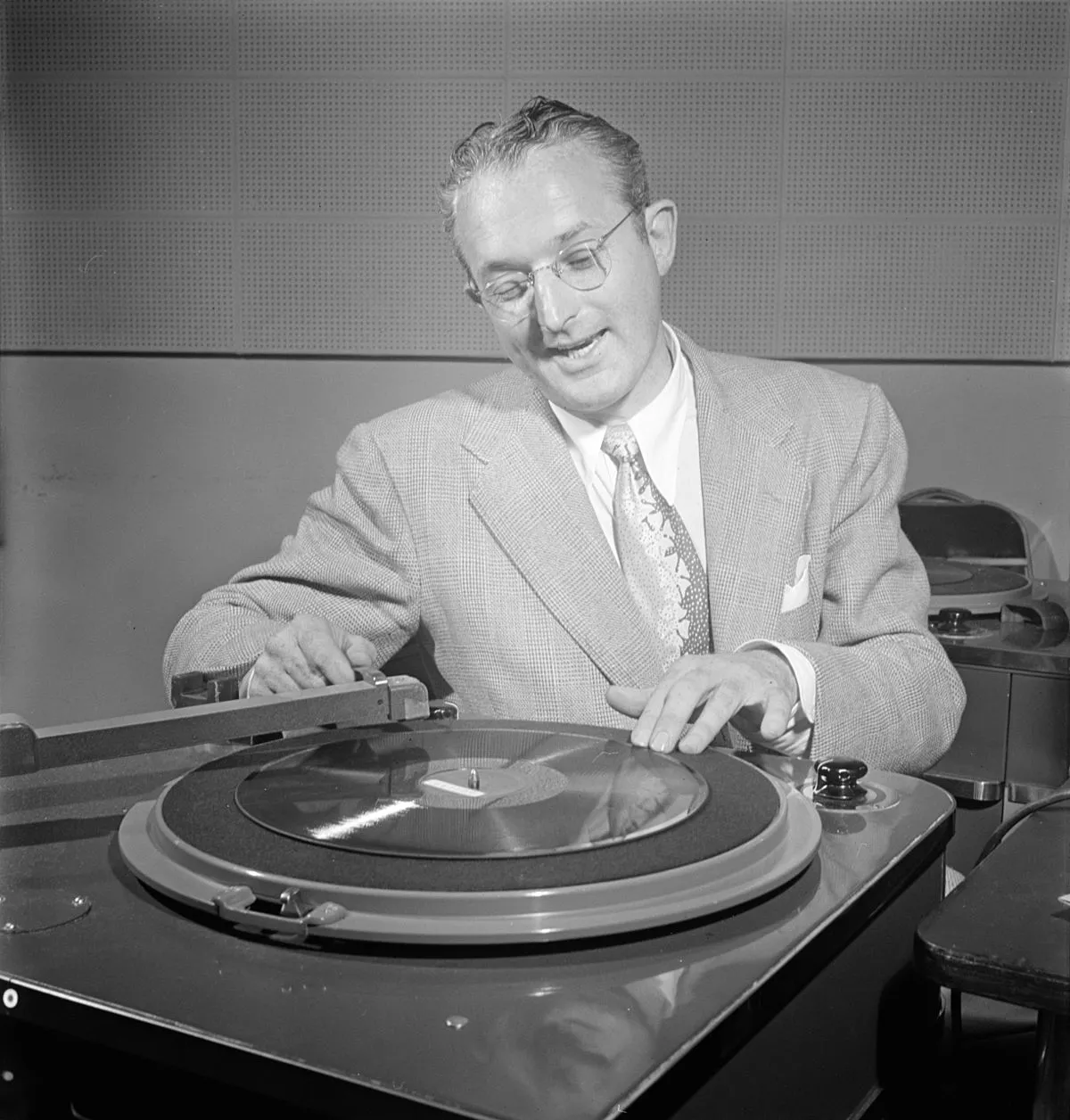 1.
1. Tommy Dorsey was known as the "Sentimental Gentleman of Swing" because of his smooth-toned trombone playing.

 1.
1. Tommy Dorsey was known as the "Sentimental Gentleman of Swing" because of his smooth-toned trombone playing.
Tommy Dorsey was the younger brother of bandleader Jimmy Dorsey.
Tommy Dorsey studied the trumpet with his father but later switched to trombone.
At age 15, Jimmy recommended Tommy Dorsey to replace Russ Morgan in the Scranton Sirens, a territory band in the 1920s.
In 1923, Tommy Dorsey followed Jimmy to Detroit to play in Jean Goldkette's band and returned to New York in 1925 to play with the California Ramblers.
In 1929, the Tommy Dorsey Brothers had their first hit with "Coquette" for OKeh Records.
Acrimony between the brothers led to Tommy Dorsey walking out to form his own band in 1935 as the orchestra was having a hit with "Every Little Moment".
Tommy Dorsey's orchestra was known primarily for its renderings of ballads at dance tempos, frequently with singers such as Jack Leonard and Frank Sinatra.
Tommy Dorsey kept his Clambake Seven as a Dixieland group that played during performances.
Tommy Dorsey became the co-host of The Raleigh-Kool Program on the radio with comedian Jack Pearl, then became the host.
Tommy Dorsey hired arranger Sy Oliver away from the Jimmie Lunceford band.
In 1940, Tommy Dorsey hired singer Frank Sinatra from bandleader Harry James.
Tommy Dorsey said his trombone style was heavily influenced by Jack Teagarden.
In 1944, Tommy Dorsey hired the Sentimentalists, name with which he renamed the already known vocal band The Clark Sisters asking them not to reveal their identity.
Tommy Dorsey performed with singer Connee Boswell He hired ex-bandleader and drummer Gene Krupa after Krupa's arrest for marijuana possession in 1943.
In 1942, Artie Shaw broke up his band, and Tommy Dorsey hired the Shaw string section.
Tommy Dorsey loaned money to Glenn Miller enabling him to launch his band of 1938, but Dorsey saw the loan as an investment, entitling him to a percentage of Miller's income.
When Miller balked at this, the angry Tommy Dorsey got even by sponsoring a new band led by Bob Chester, and hiring arrangers who deliberately copied Miller's style and sound.
Tommy Dorsey branched out in the mid-1940s and owned two music publishing companies, Sun and Embassy.
Tommy Dorsey owned for a short time a trade magazine called The Bandstand.
Tommy Dorsey disbanded his own orchestra at the end of 1946.
Tommy Dorsey was promised $2,000 if he switched to their label.
Finally, Tommy Dorsey married Jane Carl New on March 27,1948, in Atlanta, Georgia.
Tommy Dorsey had been a dancer at the Copacabana nightclub in New York City.
Tommy and Jane Dorsey had two children, Catherine Susan and Steve.
Tommy Dorsey died on November 26,1956, at his home in Greenwich, Connecticut, a week after his 51st birthday.
Tommy Dorsey had begun taking sleeping pills regularly at this time, causing him to become heavily sedated; he choked to death in his sleep after eating a large meal.
Jimmy Tommy Dorsey led his brother's band until his own death from throat cancer the following year.
Jane Tommy Dorsey died of natural causes at the age of 79, in Miami, Florida, in 2003.
Tommy and Jane Dorsey are interred together in Kensico Cemetery in Valhalla, New York.
Tommy Dorsey had a run of 286 Billboard chart hits.
Tommy Dorsey had two more number one hits in 1935 when he was a member of the Dorsey Brothers Orchestra: "Lullaby of Broadway", number one for two weeks, and "Chasing Shadows", number one for three weeks.
Tommy Dorsey's biggest hit was "I'll Never Smile Again", featuring Frank Sinatra on vocals, which was number one for twelve weeks on the Billboard pop singles chart in 1940.
Tommy Dorsey was posthumously inducted into the Grammy Hall of Fame, which is a special Grammy award established in 1973 to honor recordings that are at least 25 years old and that have "qualitative or historical significance".
Tommy Dorsey appeared in the following movies and film shorts.